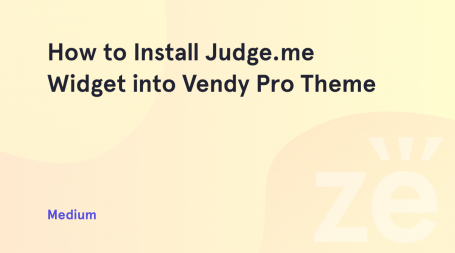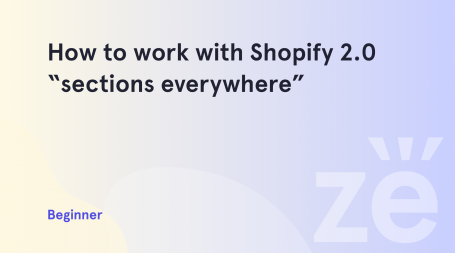Nowadays, we can hardly imagine a popular website without stylish and stunning portfolio page. An eye-catching gallery is an exciting opportunity, in order to present your works and attract more customers to your website. It is well known that everyone wants to make his/her gallery even more flexible for users, so today, we will learn a few tricks that help you to adjust gallery item to your needs.
If lightbox and rollover effects aren’t really your cup of tea, you can easily remove them from your gallery item and link it to the article, for example.
- First of all, access root directory of your Joomla website using an FTP client or a file manager at the hosting cPanel.
- There, find the gallery_item.php file that is located under “templates/themeXXXX/html/com_content/category” directory and open it in any code editor like Notepad++, Sublime, Dreamweaver, etc.
- Now, locate the part of code that starts with <!– Image –>. Replace the following line:
With the following code:
- Also, comment out the div with more_wrapper class that is located directly under the <!– Image –> section:
- Do not forget to save the changes in the file.
- In order to remove rollover effects, add the following CSS rule at the bottom of the template.css file (under “templates/themeXXXX/css” folder):
Congratulations, now you can reload the website and enjoy the results of your work!













